I want to setup the following Infrastructure, however I have issues with MITMProxy.
Client --https--> MITMproxy --http--> squid --https--> Internet
So basically MITMproxy should get rid of the SSL-encryption, then I want to cache stuff and then use again an encrypted connection to the Internet.
However, I can't get MITMproxy to forward the plain http-traffic. According to How to chain mitmproxies with usual proxy in middle, I should set flow.request.scheme to "http" and flow.request.port to 80.
I use that addon, however, there seems to be an issue, because I get an Exceeded maxRedirects. Probably stuck in a redirect loop error when testing HTTPS-sites with Postman.
MITMProxy logs:
192.X.X.X:54321: client connect
192.X.X.X:54321: server connect localhost:3128 (127.0.0.1:3128)
192.X.X.X:54321: server connect localhost:3128 (127.0.0.1:3128)
192.X.X.X:54321: client disconnect
Squid logs:
289 127.0.0.1 TCP_TUNNEL/200 5179 CONNECT xyz.com:443 - HIER_DIRECT/85.214.X.X -
105 127.0.0.1 TCP_TUNNEL/200 576 CONNECT xyz.com:80 - HIER_DIRECT/85.214.X.X -
Both example logs are repeated 10 times, until the maxRedirects error is thrown.
From my point of view MITMproxy tries to establish SSL-connections to port 80. Anyone has a clue how to change that? Any other ideas are appreciated as well.
PS: I am using MITMproxy's upstream mode, could this be a problem?
